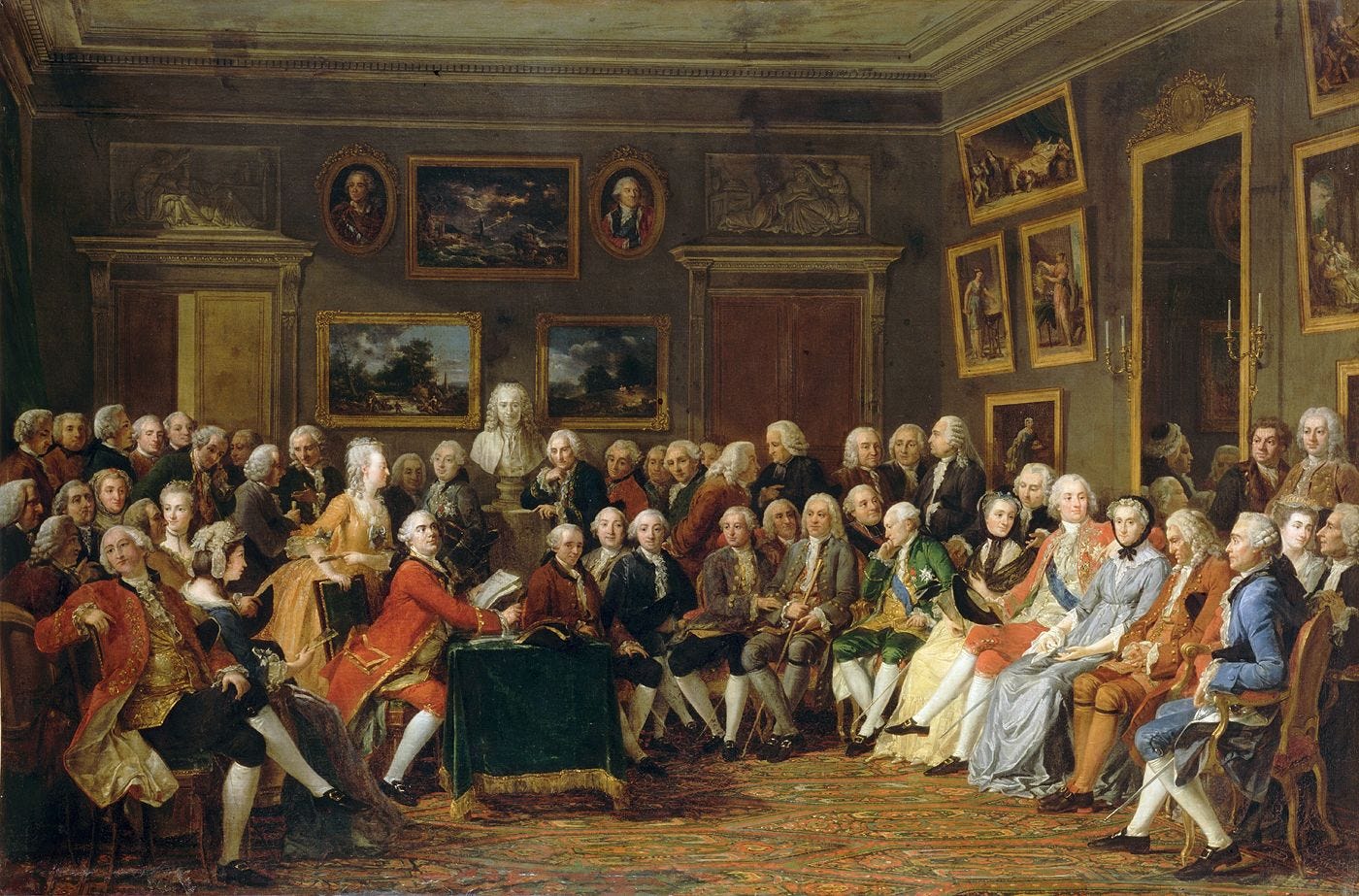17. History of Aesthetics: Modern Philosophy
A Preview of the Modern Contributions to Aesthetics
Mapping Modern Aesthetics: An Overview
Prior to the modern period, the philosophical terrain of aesthetics was relatively simple. Most discussions centered on beauty and art. But with the rise of modern philosophy, the landscape grew far more complex. As contemporary philosopher Paul Guyer observes, “The dominant aesthetic theories of the eighteenth century were complex rather than reductive.” Even before examining their ideas, we can already see a significant expansion in the number of thinkers and schools of thought.
In the previous chapter, we explored René Descartes’s paradigm-shifting claim: I think, therefore I am. This idea catalyzed the modern turn to the individual. No longer was beauty something to be judged only by reference to divine standards or metaphysical ideals. People could look inward and base their aesthetic judgments on personal reflection and experience.
This chapter offers a high-level overview of some of the major thinkers, schools of thought, and concepts that shaped the aesthetic developments of the modern period. Later chapters will return to many of these in greater depth.




